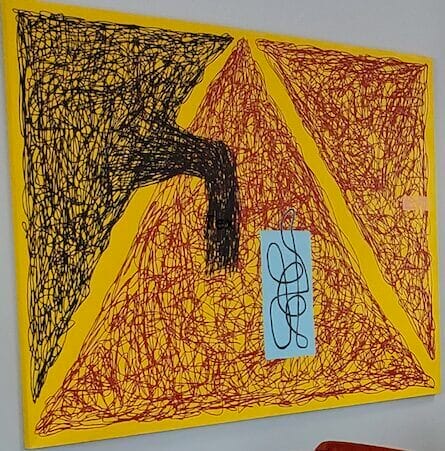Lasker Jonathan
Jonathan Lasker, born in 1948 in Jersey City, New Jersey, is a celebrated American artist known for his significant contributions to contemporary art. He pursued his artistic education at two prestigious institutions, the School of Visual Arts in New York City and the California Institute of the Arts in Valencia, California.
Lasker has spent much of his career in New York City, where he continues to live and work. His artistic journey has been marked by collaborations with renowned galleries worldwide. Notably, his work has been showcased at Sperone Westwater and Cheim and Read in New York, Michael Werner in Cologne, Lars Bohman in Stockholm, Thomas Schulte in Berlin, L.A. Louver in Los Angeles, Thaddeaus Ropac in Paris, and Timothy Taylor in London.
His art has also been featured in retrospectives at several prominent museums, including Kunsthalle Bielefield, Stedelijk Museum in Amsterdam, Kunstmuseum in St. Gallen, The Power Plant in Toronto, the Birmingham Museum of Art in Alabama, the Reina Sofia in Madrid, and Kunstsammlung Nordrhein-Westfalen in Düsseldorf.
Jonathan Lasker’s work is celebrated and housed in numerous public collections around the globe. His pieces are part of the Mudam in Luxembourg, the Hirshhorn Museum in Washington, D.C., the L.A. County Museum, Moderna Museet in Stockholm, Museum Ludwig in Cologne, and the Whitney Museum of American Art in New York.
Through his unique artistic vision and impactful contributions to the art world, Jonathan Lasker continues to be an influential figure in contemporary art, inspiring both audiences and fellow artists alike.
Born Yesterday, 1989
Jonathan Lasker’s exhibition “Born Yesterday” at Greene Naftali showcases his unique style of abstraction developed over four decades. Lasker transforms modernist visual language into his own syntax, creating paintings that are both analytically rigorous and viscerally appealing. The exhibition highlights his innovative use of line, from overpainted scribbles to thick impasto, illustrating how lines serve as the foundation in his artwork. Each piece begins with a sketch, progresses to a small oil study, and culminates in a large-scale painting. His technique explores different textures and temporalities, with lines varying in weight and elevation. Lasker’s work features recurring pictorial units, such as lattices and whorls, and challenges traditional concepts of figure and ground. His approach seeks to convey subject matter rather than mere abstraction, encouraging viewers to reflect on the cognitive interplay of forms.
